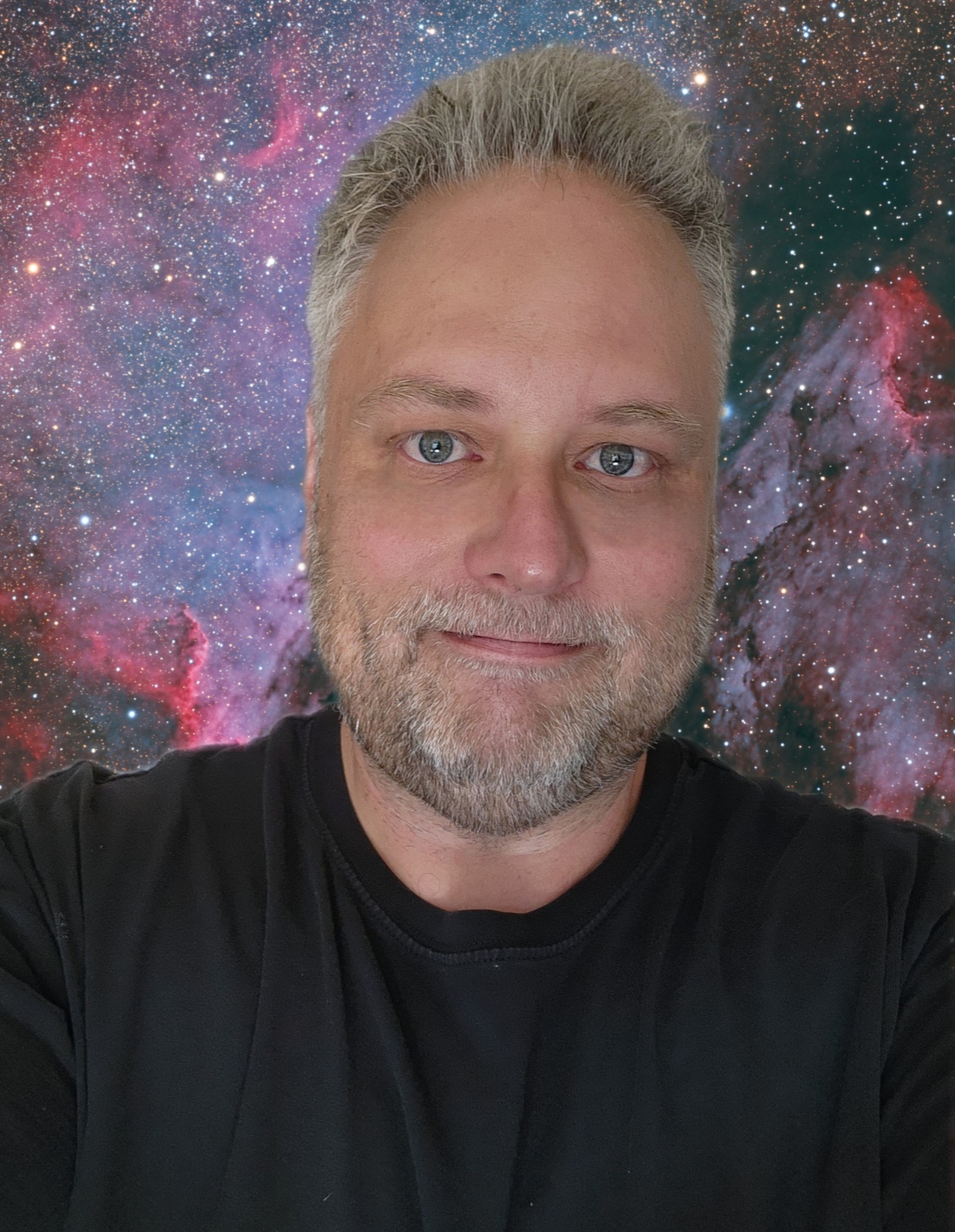No products in the cart.
During March and April of 2017 I was able to get some narrowband hydrogen-alpha (Ha) data from my driveway in Kitchener, Ontario, using my William Optics Zenithstar 71 APO refractor and the ASI1600 monochrome cooled camera.

The data was taken on different nights and transparency and seeing varied. I chucked a good portion of the data being sub-par and what I kept gave me this Ha image.
I also had collected in March 2016 and in February 2017, narrowband data (Ha, OIII and SII) on the Rosette Nebula using a remote internet telescope located in New Mexico, USA. This Takahashi FSQ106 APO refractor was paired with an SBIG STL11000M CCD camera. These are the resulting narrowband images from this data:
The Rosette Nebula is located ~5000 light years from Earth and is ~50 light years wide. It is a Winter deep sky target located in the constellation Monoceros which is next to the better known constellation of Orion the hunter.
The designation NGC 2237 is used to described the large spherical nebulosity while at the center is the open cluster NGC 2244. This region of space has young stars that stimulate the atoms in the nebula. This causes those atoms to emit radiation themselves producing the glowing emission nebula we see.
While the open cluster at the center of the Rosette Nebula is visible with binoculars and small telescopes, the nebulosity is much more difficult to see visually. Requiring a dark site away from light pollution and a large telescope.
This narrowband image is a composite of the masters resulting from the three different narrowband filters used to collect the data. It is a total of 5.5 hours.
Imaged from Kitchener, Ontario, Canada and New Mexico, USA
William Optics 71mm APO refractor, 335mm FL and a Takahashi FSQ106 ED refractor, 530mm FL
ASI 1600 monochrome cooled cmos camera with XGYL filter wheel and Optolong H-Alpha 7nm filter, SBIG STL11000M CCD camera with internal FW
330min total of Hydrogen-Alpha, Oxygen III, Sulphur II. Synthetic luminance channel.
Processing: Pixinsight
Clear skies everyone!

My story began more than 40 years ago looking up at the Moon with a small telescope my Father had. Encouraged by my parents, who bought me my very own telescope, a 4.5″ reflector, I began to explore the night sky from my family home backyard. Today I do astrophotography from my home in Kitchener, Ontario and also with remote telescopes located in New Mexico and Australia. Some of my images have won awards and have been featured online and in magazines.






Leave a comment...